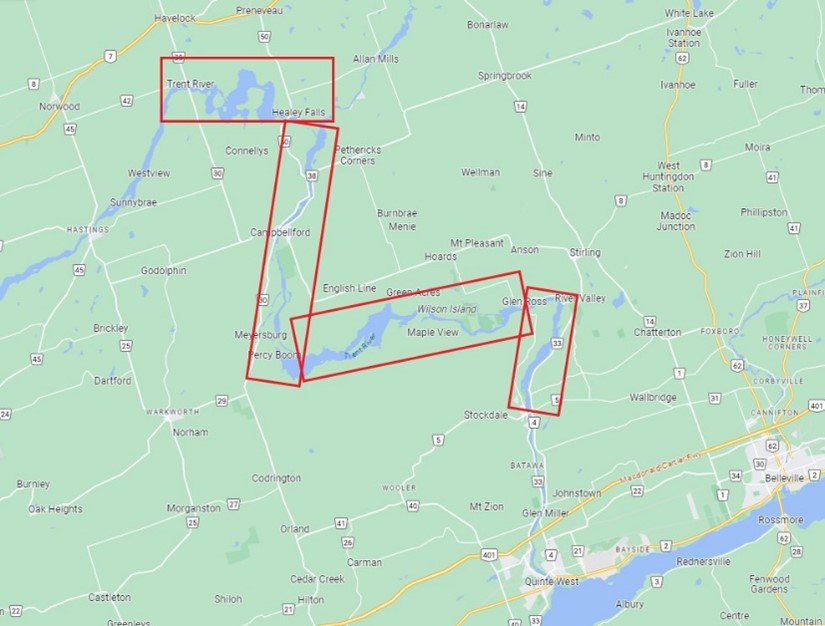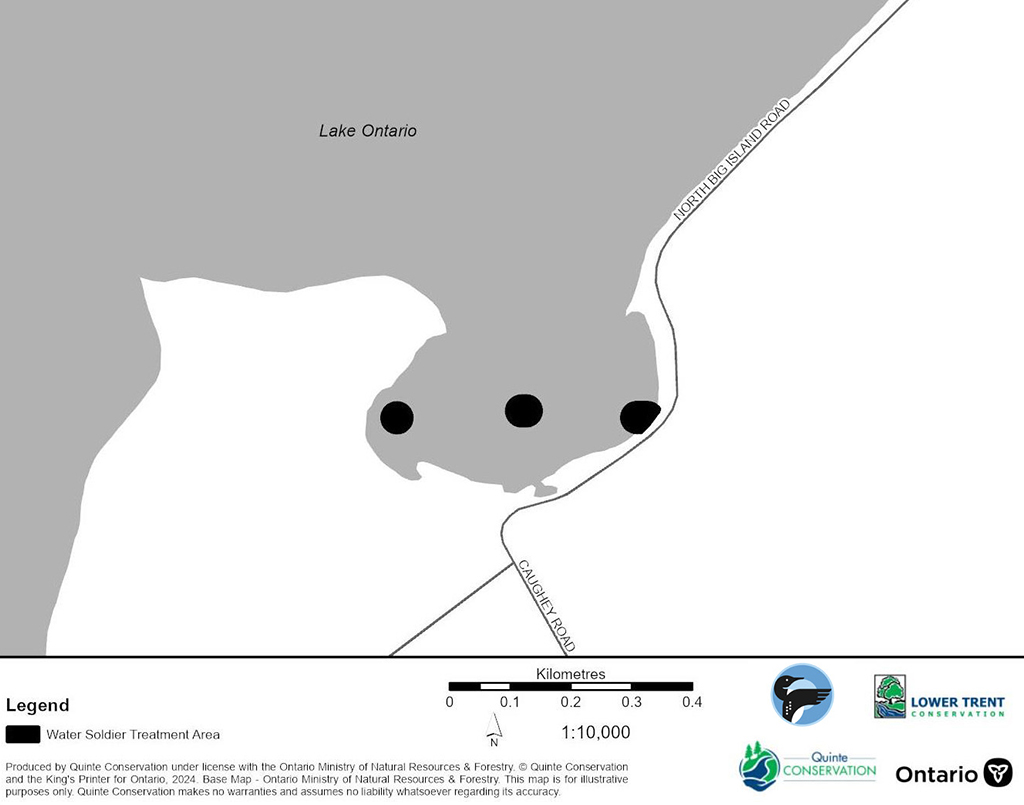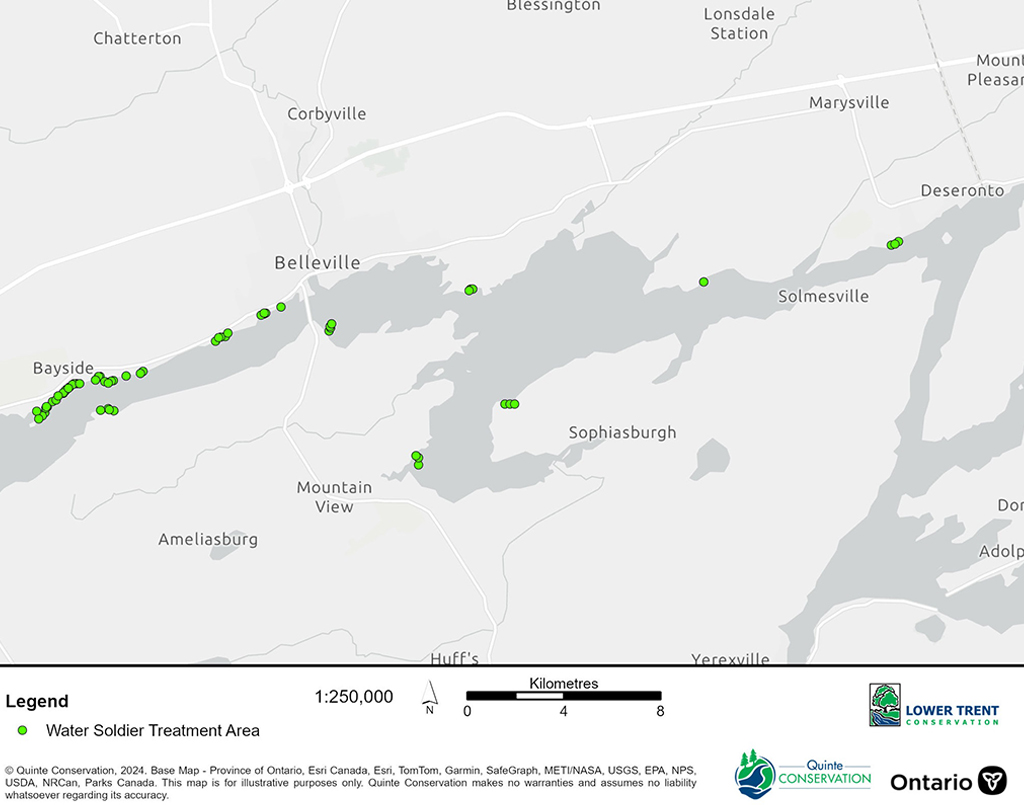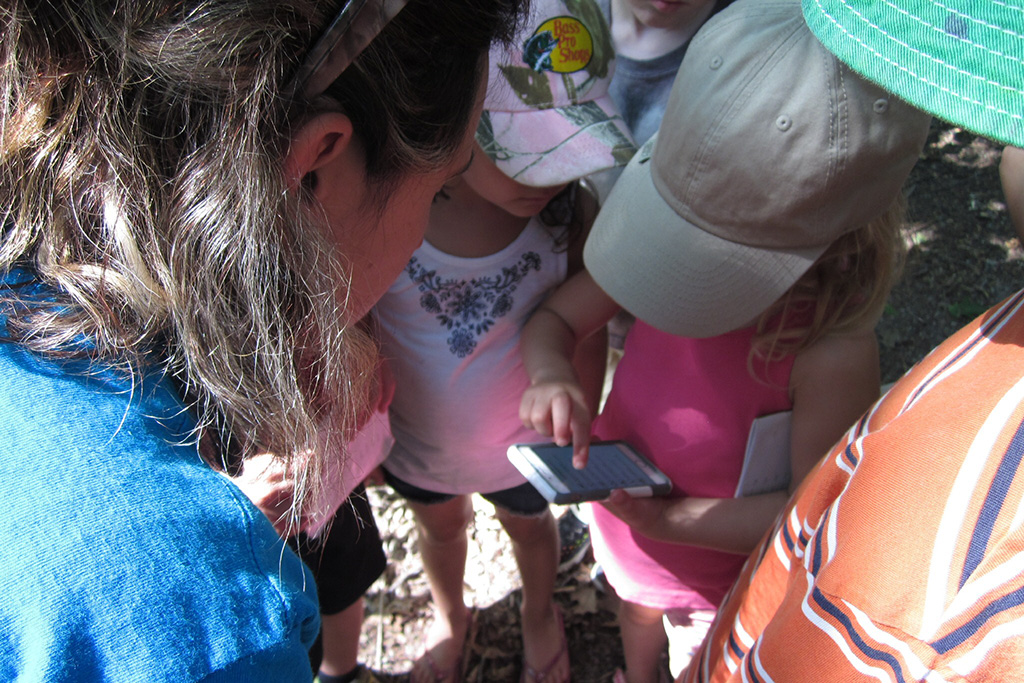Call To Action!
The Ontario Ministry of Natural Resources has developed a prevention and response plan to enable people and organizations to undertake low risk activities to monitor, control, and in some cases eradicate these invasive plants without the need for an authorization under the Invasive Species Act, 2015. The plan also includes detailed best management practices for water soldier.
Download the Prevention and Response Plan for Water Soldier to help monitor, control and help eradicate water soldier populations.
Join our water soldier monitoring crew to learn all about water soldier and its impacts. Water soldier (Stratiotes aloides) was recently detected in Lake Simcoe, and we need your help to continue to manage the spread of this invasive species. You can learn how to identify water soldier, the impacts that it has on the environment, and how to safely monitor for and remove this invasive species from your waterways.
Scheduled Application - Robinson Cove
October 18, 2024 (weather permitting)
An aquatic herbicide application is scheduled for the control of water soldier plants in parts of the Bay of Quinte, including along the south shore of Robinson Cove, Sophiasburgh.
Shoreline residents immediately adjacent to specific treatment locations will receive direct notification prior to treatment.
Date: October 18, 2024 (weather permitting)
Location: Robinson Cove
Herbicide: ProcellaCOR® FX Herbicide
- There are no restrictions for recreational purposes, including swimming and fishing.
- There are no restrictions on the label for drinking water purposes.
- For irrigation, do not use water for 5 days after treatment.
Contact: For more information about the aquatic herbicide application, contact Mary Gunning, Aquatic Science Manager at 613-391-4122.
Dates of previous treatments
Herbicide: Reward (Diquat dibromide)
An aquatic herbicide application (Reward (Diquat dibromide)) was applied, in the areas listed below, for the control of water soldier plants in parts of the Bay of Quinte.
- Aikins Road to Rogers Lane – September 24, 2024
- Baker Island to Bay Marine – September 24, 2024
- Bay Marine to Baylea Dr. – September 24, 2024
- Dorthy Dr. to Thrasher lane – September 24, 2024
- Pine Point – September 24, 2024
- Point Anne – September 25, 2024
- Potter’s Creek Outlet – September 24, 2024
- Robinson Cove – Did not treat
- Wilkie Street – September 24, 2024
- Muscote Bay – September 25, 2024
For more information about the aquatic herbicide application, call Solitude Lake Management at 1-888-480-5253. Calls received after hours will be returned the next business day.
Monitoring
Trent-Severn Waterway
Each year from June – August, sections of the Trent-Severn Waterway are monitored for the aquatic invasive plant, water soldier. Teams from the Ontario Federation of Anglers and Hunters, Parks Canada, and the Ministry of Natural Resources and Forestry systematically monitor using a 50m x 50m point intercept, recording the presence/absence and abundance of water soldier. The results from monitoring help inform treatment success and needs.

Gallery
Resource Files
OFAH/MNR Invading Species Awareness Program. (2021). Programs – Water Soldier Eradication. Retrieved from: www.invadingspecies.com.
This factsheet may be reproduced for non-commercial purposes.
Header photo by Matt Smith, MNRF.



